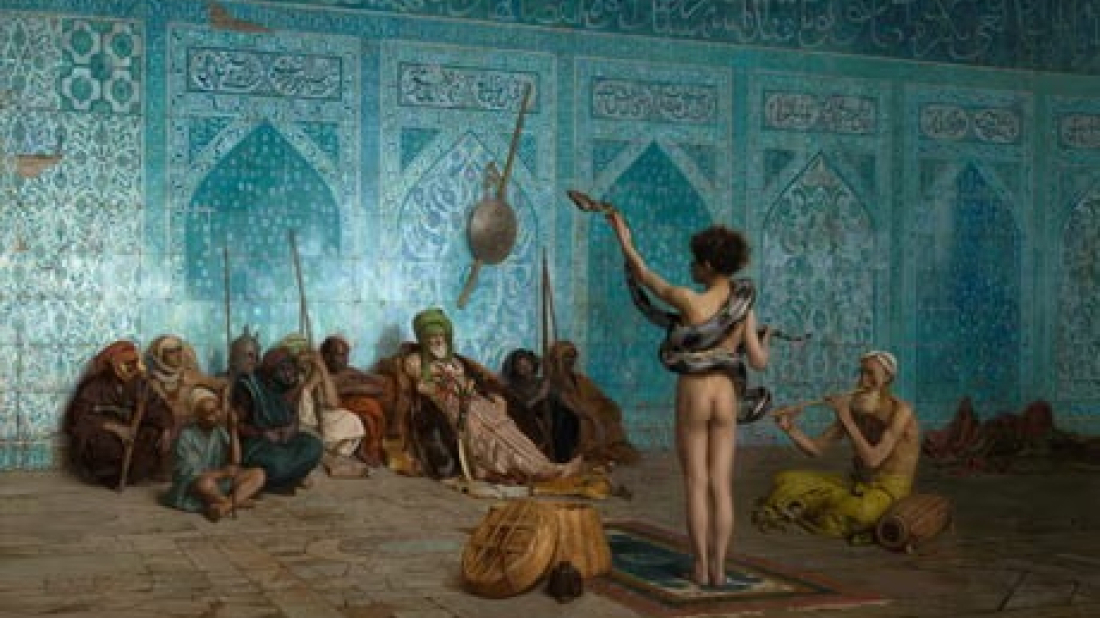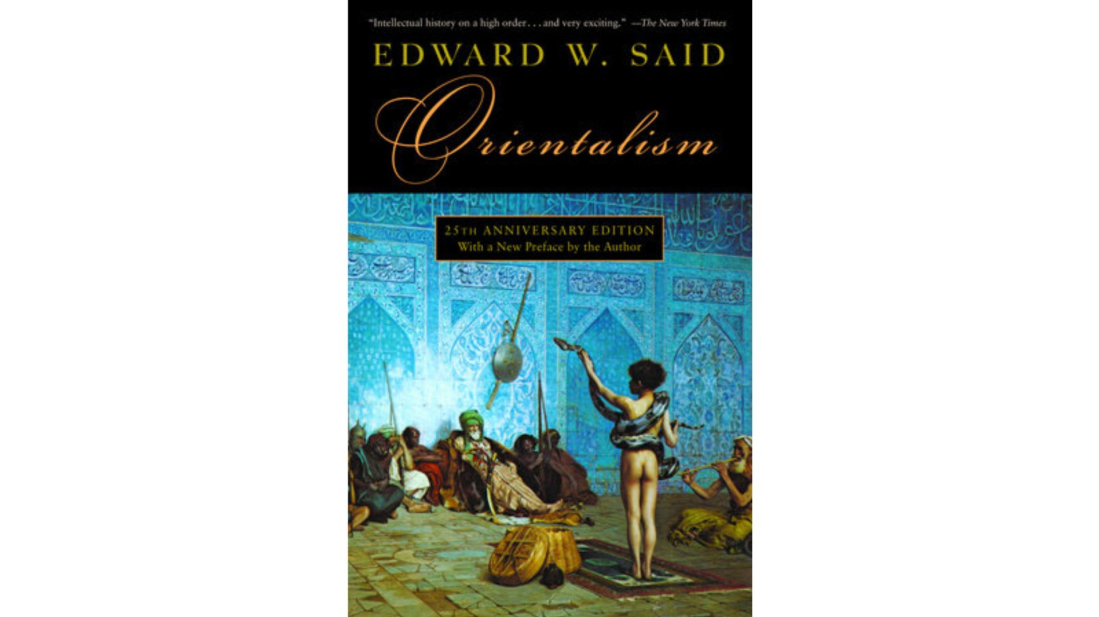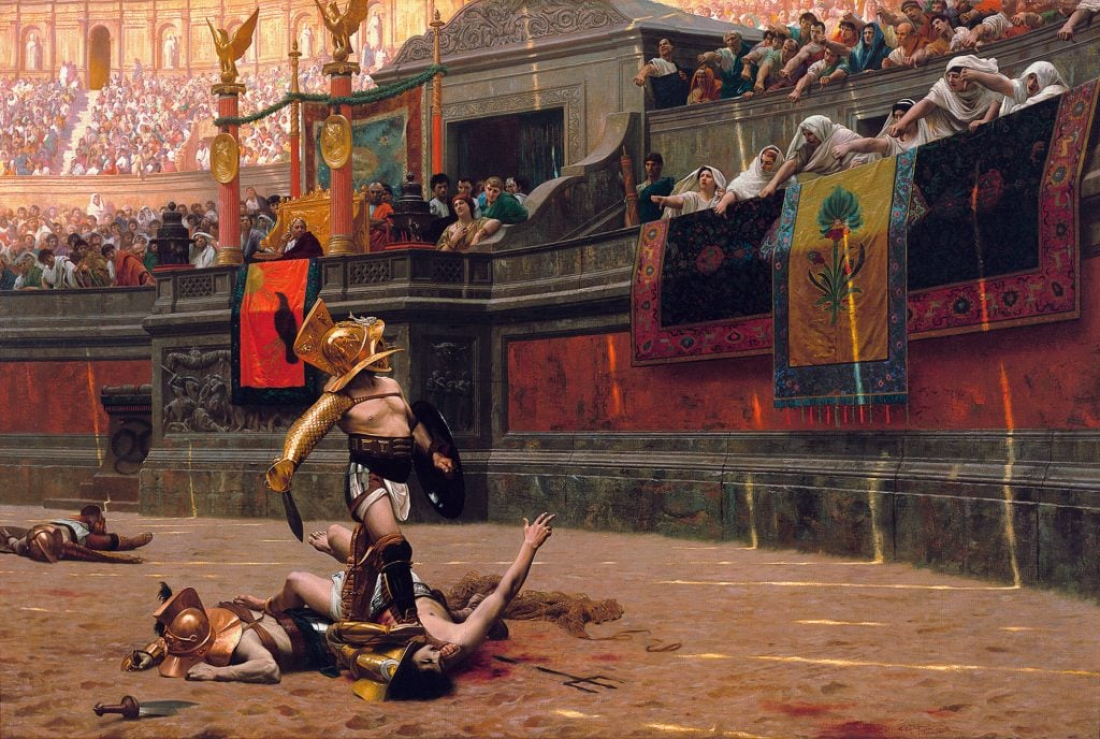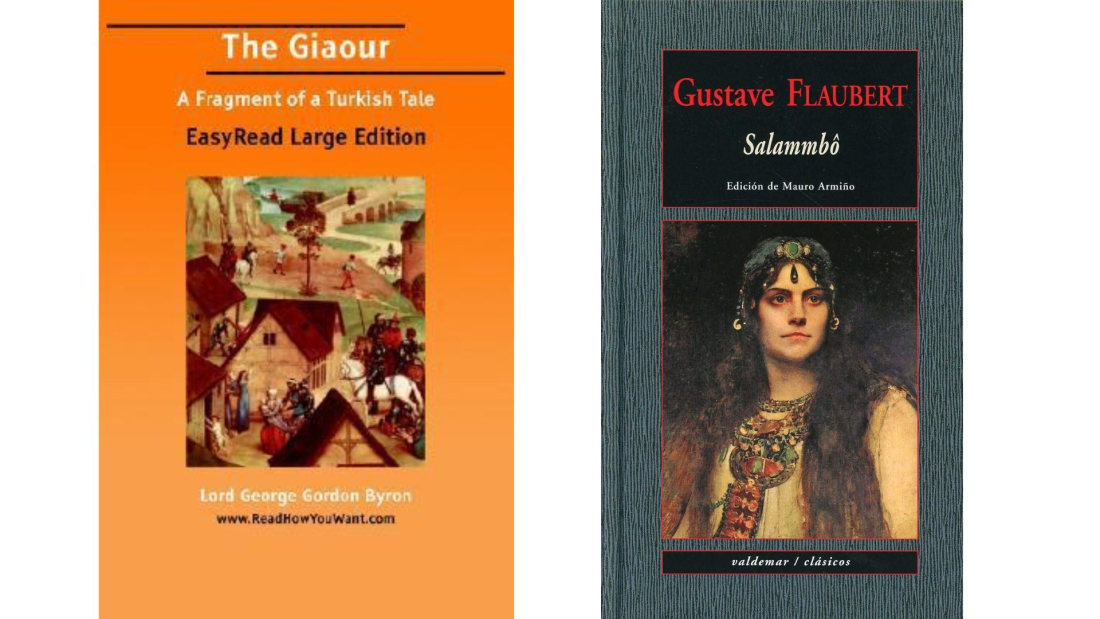Turnout near record low at Hong Kong election amid anger over deadly fire
Hong Kong's election on Sunday (7 December) saw a near-record-low turnout after the city's worst fire in nearly 80 years prompted anger against its Ch...

What Is Orientalism? In 1978, Palestinian-American scholar Edward Said published Orientalism, a groundbreaking critique of how Western powers have historically imagined and depicted “the Orient” — a vast region loosely defined to include the Middle East, North Africa, and parts of Asia.
In Said’s view, Orientalism was not a neutral description of the East but a structured system of thought, one “based upon an ontological and epistemological distinction made between ‘the Orient’ and ‘the Occident’”.
Orientalism, he argued, was both a cultural fantasy and a political tool — one that helped imperial powers justify domination.
In this framework, the “Orient” was seen as irrational, backward, feminine, sensual, and static, whereas the West was portrayed as rational, progressive, masculine, and modern.
These binaries didn’t just appear in books or paintings.
They were embedded in the academic disciplines, governmental policies, colonial rule, and foreign interventions of Europe’s global empires.
“The Orient was almost a European invention,” Said wrote, “and had been since antiquity a place of romance, exotic beings, haunting memories and landscapes, remarkable experiences”.
This exoticization functioned as a justification: if the Orient was incapable of governing itself, it required the civilizing mission of the West.

Orientalist thought flourished in 18th and 19th-century Europe, particularly during the height of British and French colonial expansion.
Western scholars, writers, and artists produced sweeping accounts of “Eastern” peoples and lands, often without ever setting foot there.
Their depictions tended to flatten complex societies into simplified, timeless, and mythical landscapes.
One of the most influential artistic purveyors of Orientalism was Jean-Léon Gérôme, a French painter whose works portrayed veiled women, slave markets, Islamic architecture, and desert battles.

These paintings, though technically detailed, were steeped in eroticism, voyeurism, and violence — emphasizing spectacle over reality.
A recent exhibition in Doha reflected on how Gérôme’s art constructed “a theatrical stage for Western fantasies,” reinforcing the idea of the East as passive and exotic
Meanwhile, Western literature of the same period echoed these themes.
In works ranging from Lord Byron’s The Giaour to Gustave Flaubert’s Salammbô, the East served as a canvas for mystery, sensuality, danger, and conquest.

These narratives often blurred fiction and anthropology, reinforcing racist and colonial tropes under the guise of discovery or adventure.
Even in popular media today, Orientalist stereotypes persist — from the exoticized portrayal of Agrabah in Aladdin to war-on-terror narratives in films like American Sniper or series like Homeland.
According to ArabNews, scholars refer to this as neo-Orientalism, where outdated tropes are repackaged in modern geopolitical discourse.
Said’s criticism went beyond cultural representation.
He took aim at the production of knowledge itself — how universities, museums, and media institutions shaped public understanding of the East to serve Western interests.
In his follow-up work Covering Islam (1981, rev. 1997), he analyzed how media coverage of the Islamic world, especially after the Iranian Revolution, focused narrowly on extremism, veiling, or oil, ignoring political nuance and cultural complexity.
As Said noted in the introduction to Orientalism, the Orient “is not only adjacent to Europe; it is also the place of Europe’s greatest and richest and oldest colonies, the source of its civilizations and languages, its cultural contestant, and one of its deepest and most recurring images of the Other”.
Though Edward Said’s Orientalism focused on Western Europe’s portrayal of the Arab world, the Russian Empire developed its own brand of Orientalism — one that cast the Caucasus as its exotic, unruly frontier, according to JSTOR Daily.
As historian Peter Scotto explained, “For centuries, the Caucasus was to the Russian Empire what the Middle East was to the British and French: a savage land to be dominated and a romanticized Other against which Russia could define its own ‘European’ identity.”
This imperial gaze materialized most vividly in 19th-century Russian literature, where Chechens, Circassians, Dagestanis, and other peoples of the Caucasus were cast as either noble savages or dangerous bandits — thrilling, erotic, and tragic. Pushkin’s The Prisoner of the Caucasus (1822)
Pushkin portrays the region as “wild and proud,” where the Russian protagonist, held captive, is mesmerized by a Circassian girl. “The Circassian gazed with a wild delight upon his captive enemy…”
This mirrors European Orientalism but within Russia’s borders — where admiration and fear justify domination. Lermontov’s A Hero of Our Time (1840)
The central figure Pechorin seduces Bela, a Circassian girl depicted as sensual yet untamable.
“She was like a gazelle of the steppes… her wild nature could not be tamed.” Bela’s tragic end serves more to develop the Russian male hero than to tell her own story — a metaphor for how imperial literature erased colonized voices. Tolstoy’s Hadji Murad (1904)
Even Tolstoy, a critic of imperialism, described Hadji Murad — an Avar resistance leader — through a lens of admiration and bestial metaphor. “He resembled a beautiful predator: proud, restrained, ready to pounce.” Though Tolstoy respected Murad, the portrayal still fits the “noble savage” trope, reinforcing a paternalistic gaze.
Scotto emphasizes that many of these writers had direct ties to the Russian military or colonial administration.
Their works weren’t just fiction — they were soft propaganda, reinforcing the empire’s “civilizing mission” during the Caucasian War (1817–1864), which culminated in the genocide and deportation of the Circassians.
“Imperial Russia’s control of the Caucasus demanded a view of the region as controllable,” Scotto writes.
“The people were viewed as unenlightened, indolent, treacherous — or poetic, childlike, and in need of Russian guidance.”
In the Soviet era, these Orientalist depictions were rebranded.
Instead of conquest, Moscow sold the image of "friendship of nations": posters showed smiling Georgian, Azerbaijani, and Armenian girls in national dress, holding wheat under red flags.
While celebrating ethnic diversity, these images hid structural inequality and the suppression of local autonomy — turning the Caucasus into a controlled showcase of multiculturalism.
For example, A 2019 paper by Dudareva and colleagues notes that 1950s posters featured Circassian and Georgian women as symbols of harmony, while Moscow remained the unchallenged centre of power.
Even Soviet fairy tales and schoolbooks echoed this myth — idealizing the Caucasus as colorful and loyal, but never fully modern or equal.
Orientalism is not just historical — its logic lingers.
Whether in how Western media frames Gaza, or how Russia describes Chechnya, Georgia, or Azerbaijan, these tropes resurface: wild, unstable, tribal, in need of order.
“Orientalism failed to identify with human experience… It did not see it as human experience.” — Edward Said, Orientalism (1978)
From literary tropes to Soviet posters, the Caucasus has long been spoken for, not listened to.
These representations still shape how policies are made, how conflicts are justified, and how identities are flattened.
“If the knowledge of Orientalism has any meaning,” Said warned, “it is in being a reminder of the seductive degradation of knowledge — of any knowledge — anywhere, at any time.”
A coup attempt by a “small group of soldiers” has been foiled in Benin after hours of gunfire struck parts of the economic capital Cotonou, officials said on Sunday.
A delayed local vote in the rural Honduran town of San Antonio de Flores has become a pivotal moment in the country’s tightest presidential contest, with both campaigns watching its results as counting stretches into a second week.
FIFA releases the 2026 World Cup schedule with match dates, venues, and key fixtures. See when host nations USA, Mexico, and Canada play and get an overview of group stage and knockout rounds.
Lava fountains shot from Hawaii’s Kīlauea volcano from dawn to dusk on Saturday, with new footage showing intensifying activity at the north vent.
McLaren’s Lando Norris became Formula One world champion for the first time in Abu Dhabi, edging Max Verstappen to the title by just two points after a tense season finale.
Hong Kong's election on Sunday (7 December) saw a near-record-low turnout after the city's worst fire in nearly 80 years prompted anger against its China-backed authorities, but voter participation edged higher than in the previous vote four years ago.
Australia is poised to launch the world’s strictest crackdown on youth internet usage, turning the country into a global petri dish for digital regulation just as schools break up for the long summer holidays.
Russia has welcomed U.S. President Donald Trump’s new National Security Strategy, calling it largely consistent with Moscow’s own vision, as Washington pushes forward with efforts to broker an end to the war in Ukraine.
Thailand launched air strikes along its disputed border with Cambodia on Monday after fresh fighting erupted before dawn on Monday, raising fears of the collapse of a peace plan brokered just months ago by U.S. President Donald Trump.
Ukraine’s President Volodymyr Zelenskyy says recent talks with U.S. representatives on a possible peace plan were “constructive, although not easy,” as he prepares for new consultations with European leaders in coming days.
You can download the AnewZ application from Play Store and the App Store.

What is your opinion on this topic?
Leave the first comment